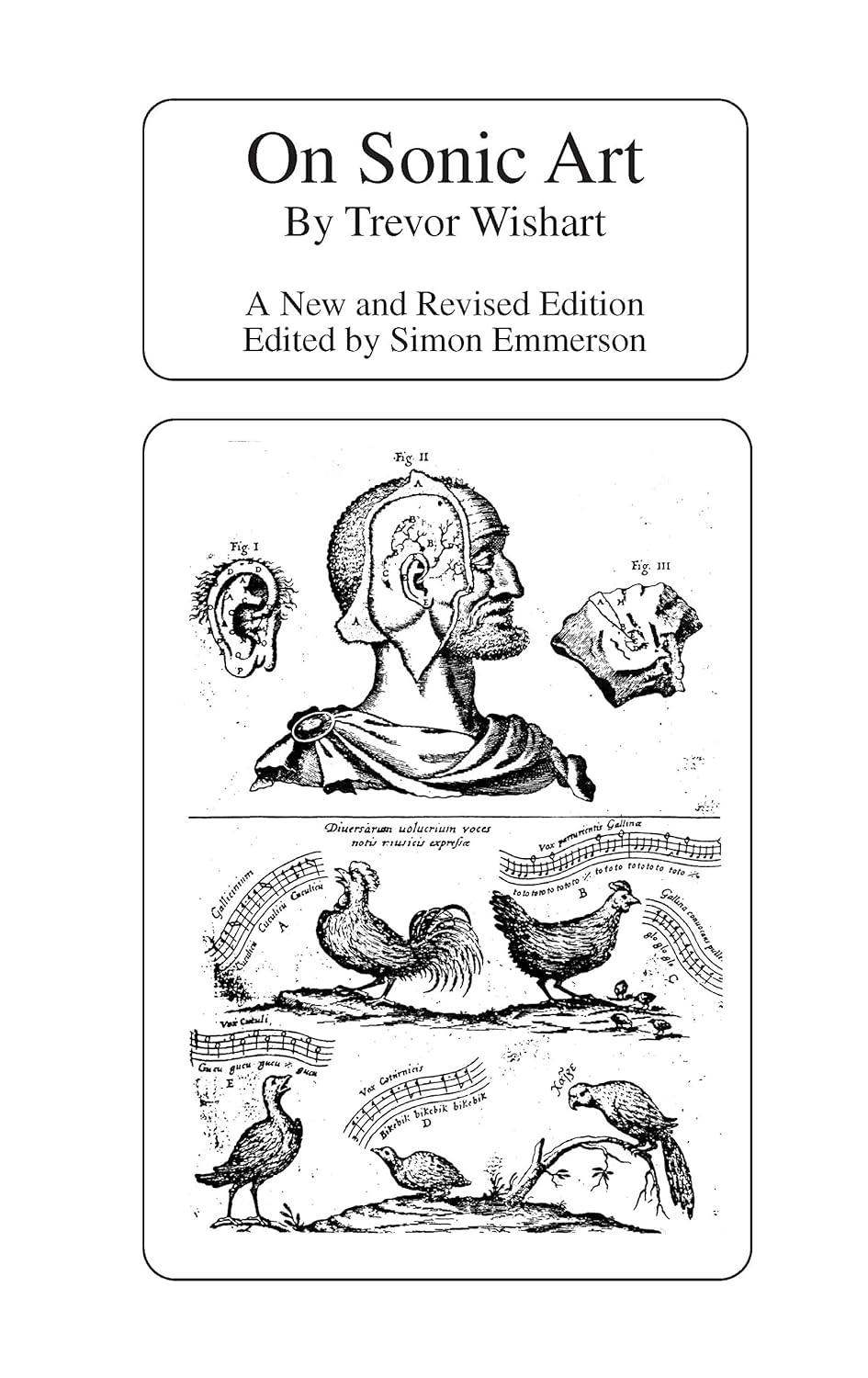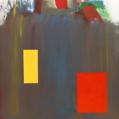gesang reviewed On Sonic Art by Trevor Wishart
An irrelevant speculation
3 stars
The point I disagree the most with Wishart is that I don't consider sound per se as interesting, and I don't quite understand why Wishart values perceptual reality this much. There's a burning desire in me to "hear", say, Pontragin duality - and that has nothing to do with any perceptual reality. Let's think about the history of mathematics. Before around the time of Riemann, mathematics was really just about properties of numbers, about finding roots of certain equations, etc. This for me is profoundly boring so that I wasn't interested in mathematics at all when I hadn't learn abstract algebra and didn't know what topology is. Now we more or less know that mathematics is a general science of structure and mechanism, the most general science of abstract synthesis. It now seemingly has nothing to do with number at all - though factually in the deeper levels they're still …
The point I disagree the most with Wishart is that I don't consider sound per se as interesting, and I don't quite understand why Wishart values perceptual reality this much. There's a burning desire in me to "hear", say, Pontragin duality - and that has nothing to do with any perceptual reality. Let's think about the history of mathematics. Before around the time of Riemann, mathematics was really just about properties of numbers, about finding roots of certain equations, etc. This for me is profoundly boring so that I wasn't interested in mathematics at all when I hadn't learn abstract algebra and didn't know what topology is. Now we more or less know that mathematics is a general science of structure and mechanism, the most general science of abstract synthesis. It now seemingly has nothing to do with number at all - though factually in the deeper levels they're still connected. Similarly, music for me is never about sound per se, or about organization of sounds. It's the most general art of abstract synthesis. What this term "art of abstract synthesis" means I don't know, but for me music is very mathematical and mathematics is very musical. Focusing on sound per se, or on the permutations of sounds, for me is like focusing on numbers per se, or on the algebraic equations. The point, for me, is the landscapes of sounds, the general morphology of these landscapes, and the interaction between the landscapes, and more. This all sound extremely abstract, but I don't know whether there's a better way to put it. Let's start with the most primitive process of abstraction and synthesis (note that synthesis here is not sound synthesis but synthesis in the Kantian sense). For example, the context of additive synthesis is a landscape of sounds. What I want to hear is not a particular synthesized sound, but the very process of additive synthesis, this may be called the "morphology" of the landscape of additive synthesis. Additive synthesis maybe continuously produce individual sounds, and these sounds form a new landscape, the landscape of synthesized sounds. I want to see the morphology of this landscape of synthesized sounds, and I want also to see its morphogenesis - the interaction between the landscape of addtive synthesis and the landscape of synthesized sounds. Once the landscape of synthesized sounds is integrated (or synthesized in the Kantian sense), it might automatically disintegrate, since the structural or "categorical" element can be abstracted from the concrete landscape, and yield something new. I'd like to first get a concrete grasp of this process (a process not in time but in a general logical/conceptual order). This is very similar to how the study of the natural numbers became the study of algebraic equations, and how the study of algebraic equations became the study of mathematical structures such as group and module. I think I'll need to elaborate more on this line of thought. First, clarify terms such as "the art of abstract synthesis", and then etc.

